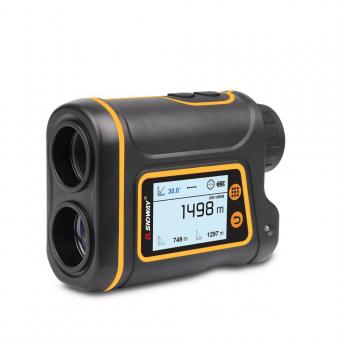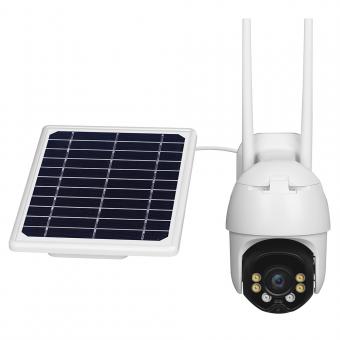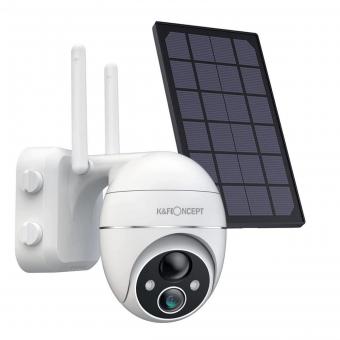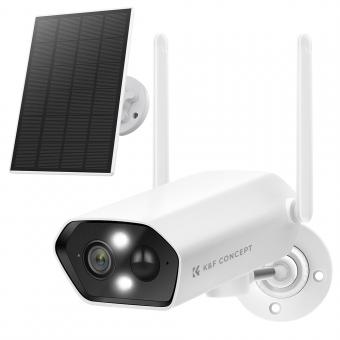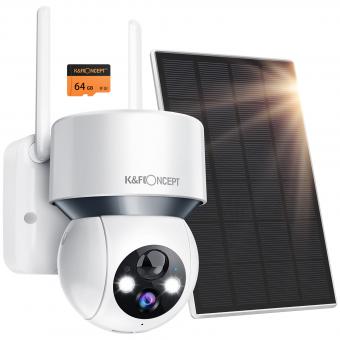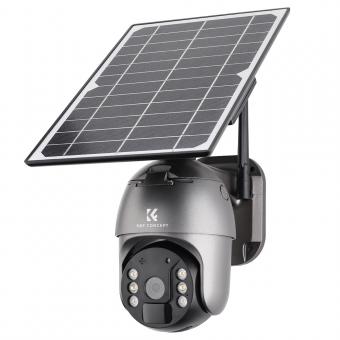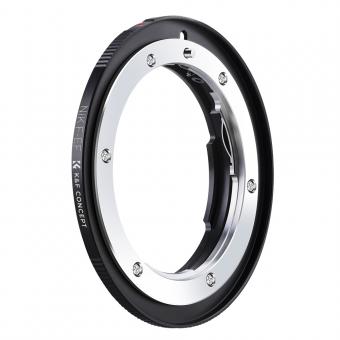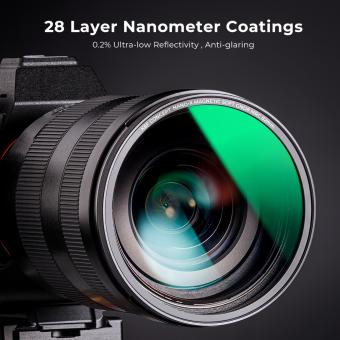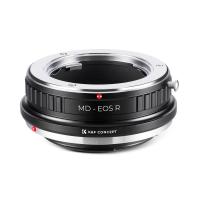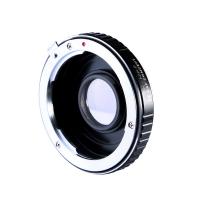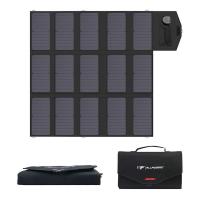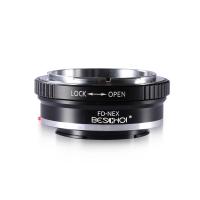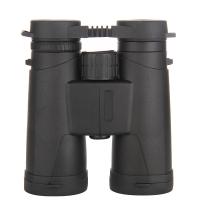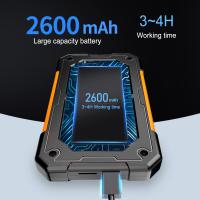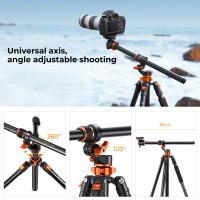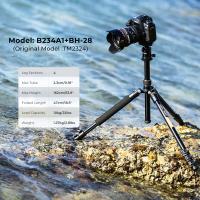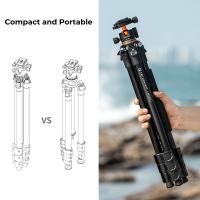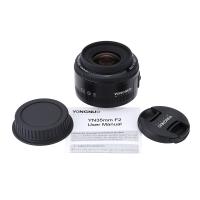Security Cameras That Can Read License Plates ?
License plate recognition (LPR) cameras are a type of security camera that can read license plates. These cameras use optical character recognition (OCR) technology to capture an image of a license plate and convert it into text that can be read and analyzed by a computer. LPR cameras are commonly used by law enforcement agencies to track and identify vehicles involved in criminal activity, but they are also used by businesses and individuals for security purposes. LPR cameras can be installed in parking lots, garages, and other areas where vehicles are present to monitor and record license plate numbers. This information can be used to identify and track vehicles, deter criminal activity, and improve overall security. However, it is important to note that the use of LPR cameras raises privacy concerns, and their use should be carefully regulated to ensure that they are not used to infringe on individuals' rights.
1、 Automatic License Plate Recognition (ALPR) Technology
"Security cameras that can read license plates" refer to the Automatic License Plate Recognition (ALPR) technology. This technology uses cameras and software to capture and analyze license plate numbers, allowing law enforcement agencies and private organizations to identify and track vehicles in real-time.
ALPR technology has become increasingly popular in recent years due to its ability to enhance public safety and security. It is used by law enforcement agencies to identify stolen vehicles, track suspects, and monitor traffic violations. Private organizations also use ALPR technology to monitor parking lots, track employee vehicles, and enhance security measures.
The latest point of view on ALPR technology is that it has the potential to be a valuable tool for law enforcement agencies, but it also raises concerns about privacy and civil liberties. Critics argue that ALPR technology can be used to track the movements of innocent individuals and that the data collected by ALPR systems can be misused or abused.
To address these concerns, some states have implemented regulations on the use of ALPR technology, such as limiting the retention of data and requiring transparency in the use of the technology. Additionally, some organizations have implemented privacy-enhancing measures, such as blurring license plate numbers in images captured by ALPR cameras.
Overall, ALPR technology has the potential to enhance public safety and security, but it is important to balance these benefits with the protection of individual privacy and civil liberties.
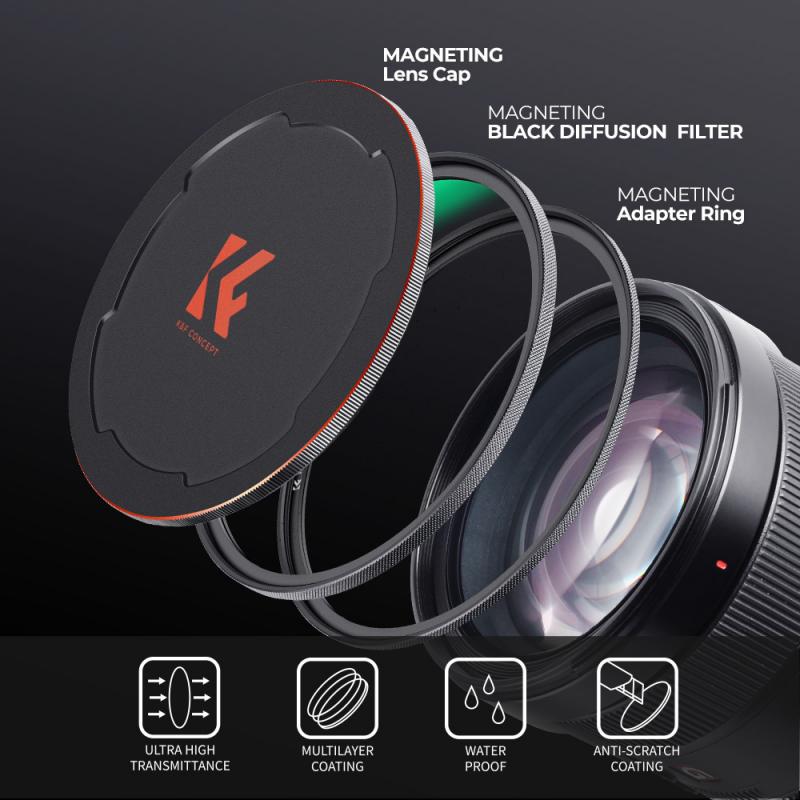
2、 Image Processing and Analysis
Security cameras that can read license plates are a prime example of image processing and analysis technology. These cameras use advanced algorithms to capture and analyze images of license plates, allowing for quick and accurate identification of vehicles. This technology has become increasingly popular in recent years, as it provides a powerful tool for law enforcement agencies and private businesses alike.
One of the latest developments in this field is the use of artificial intelligence (AI) and machine learning algorithms to improve the accuracy and speed of license plate recognition. These algorithms can learn from large datasets of license plate images, allowing them to recognize patterns and make more accurate predictions. This has led to significant improvements in the reliability of license plate recognition systems, making them more effective for a wide range of applications.
Another important trend in this field is the integration of license plate recognition technology with other security systems, such as facial recognition and access control systems. By combining these technologies, businesses and law enforcement agencies can create more comprehensive security systems that can quickly identify and track individuals and vehicles.
Overall, security cameras that can read license plates are a powerful tool for enhancing security and improving public safety. As technology continues to advance, we can expect to see even more sophisticated and effective license plate recognition systems in the future.

3、 Surveillance and Monitoring Systems
Security cameras that can read license plates are a crucial component of modern surveillance and monitoring systems. These cameras are equipped with advanced technology that allows them to capture clear images of license plates, even in low-light conditions. They are commonly used in parking lots, toll booths, and other areas where vehicles are present.
One of the latest advancements in license plate recognition technology is the use of artificial intelligence (AI) and machine learning algorithms. These algorithms can analyze the images captured by the cameras and automatically identify license plates, even if they are partially obscured or damaged. This makes it easier for law enforcement agencies to track down suspects and solve crimes.
Another important development in license plate recognition technology is the integration of these cameras with other surveillance systems. For example, some cameras can be linked to facial recognition software, allowing them to identify individuals who are associated with a particular vehicle. This can be useful in identifying suspects in hit-and-run accidents or other crimes.
Overall, security cameras that can read license plates are an essential tool for maintaining public safety and security. As technology continues to advance, we can expect to see even more sophisticated license plate recognition systems that are capable of capturing more detailed information about vehicles and their occupants.

4、 Data Storage and Retrieval
Security cameras that can read license plates fall under the category of data storage and retrieval. These cameras capture images of license plates and store them in a database for future reference. The data retrieved from these cameras can be used for various purposes, such as identifying stolen vehicles, tracking down suspects in criminal investigations, and monitoring traffic flow.
The latest point of view on security cameras that can read license plates is that they are becoming increasingly popular in both public and private sectors. Law enforcement agencies are using these cameras to enhance their surveillance capabilities and improve public safety. Private companies are also using them to monitor their parking lots and prevent unauthorized access to their premises.
However, there are concerns about privacy and data protection when it comes to the use of these cameras. Critics argue that the data collected by these cameras can be misused or abused, and that there should be strict regulations in place to ensure that the data is used only for legitimate purposes.
Overall, security cameras that can read license plates are a valuable tool for law enforcement and private companies. However, it is important to balance the benefits of these cameras with the need to protect individual privacy and data security.


